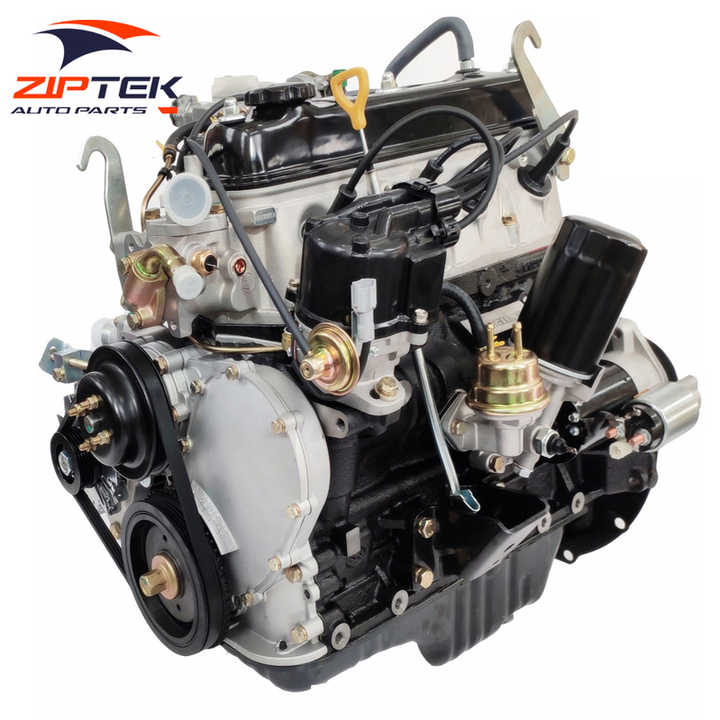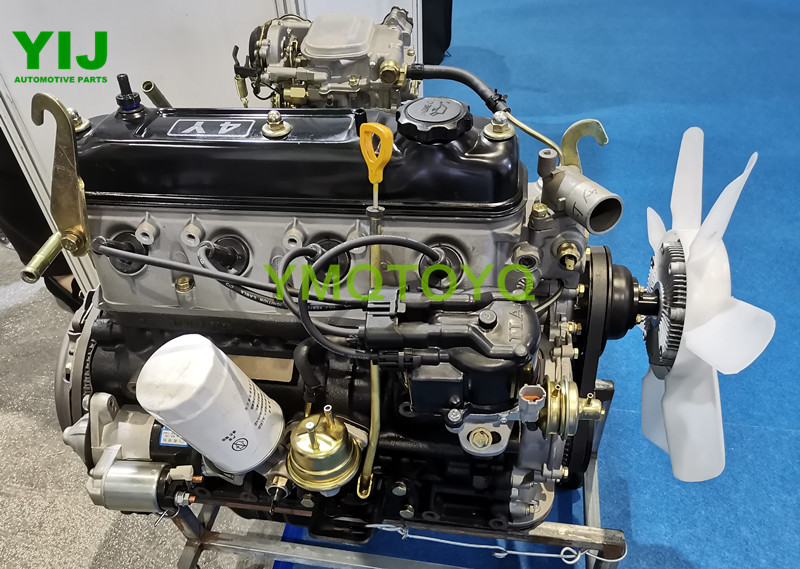The Ultimate Guide to the Engine: Secret Insights for each Vehicle Enthusiast
Comprehending the engine is basic for any kind of auto enthusiast, as it offers as the heart of the vehicle and dictates its efficiency. The intricacies of engine dynamics and the latest innovations in innovation existing concerns that merit additional exploration.
Anatomy of an Engine
Understanding the composition of an engine is critical for any type of automobile enthusiast seeking to dig much deeper right into vehicle mechanics. An interior burning engine mostly is composed of numerous key parts that function in unison to convert fuel into mechanical power.
At the heart of this system exists the cyndrical tube block, which houses the cylinders where combustion takes place. Piston activity within these cylinders is facilitated by the crankshaft, which translates straight movement into rotational power. Additionally, the camshaft plays a vital function in regulating the opening and closing of the engine's shutoffs, making sure appropriate air-fuel combination intake and exhaust gas expulsion.
Other important components consist of the fuel system, which provides the engine with the essential fuel, and the ignition system, in charge of launching combustion - 4y engine. The air conditioning and lubrication systems are likewise integral, keeping optimal operating temperature levels and minimizing friction, specifically
Engine Types and Configurations
A varied series of engine kinds and configurations exists, each offering special advantages and downsides tailored to different driving demands and preferences. One of the most common engine kinds consist of inline, V, flat, and rotating configurations.
Inline engines, featuring cyndrical tubes organized in a single line, are understood for their simplicity and effectiveness. They are commonly found in portable lorries, using an equilibrium of power and economic climate. V engines, identified by their two banks of cyndrical tubes arranged in a V shape, supply greater performance and smoother operation, making them prominent in sporting activities and luxury cars and trucks.
Flat engines, or fighter engines, have actually horizontally opposed cyndrical tubes, which add to a reduced center of gravity, enhancing automobile security. These are commonly seen in brands like Subaru and Porsche.
Rotary engines, although less typical, make use of an unique style with a triangular rotor and offer high power-to-weight ratios. They stand out in small and light-weight applications, primarily seen in Mazda cars.
Each engine type serves particular efficiency attributes, weight circulations, and gas performances, ensuring that auto enthusiasts can select the best engine setup to match their driving design and car demands.

How Engines Work
Engines, despite their kind or setup, run on fundamental principles that regulate their performance and effectiveness. At their core, engines convert fuel right into mechanical energy with a collection of controlled surges or compressions. This procedure usually includes four main strokes: consumption, compression, power, and exhaust.
During the intake stroke, the engine attracts in a blend of air and fuel. In the power stroke, a stimulate ignites the compressed mixture (in gasoline engines) or the mix fires up spontaneously (in diesel engines), resulting in a quick expansion of gases that presses the piston down.
The efficiency of an engine is influenced by different aspects, including the style of the combustion chamber, the kind of fuel made use of, and the accuracy of the engine's components. Understanding these essential concepts is critical for car fanatics that seek to value the detailed mechanics behind their vehicles, in addition to for those intending to enhance performance through adjustments and tuning.
Technologies in Engine Modern Technology
Over the last few years, advancements in engine innovation have considerably changed the automotive landscape, boosting both efficiency and environmental sustainability. Among one of the most notable technologies is the growth of turbocharging and supercharging, which permits smaller sized engines to generate greater power outcomes without sacrificing gas efficiency. This has actually caused an increase in the appeal of downsized engines, providing suppliers with the ability to meet stringent emissions laws while keeping efficiency criteria.
In addition, crossbreed and electric powertrains are reshaping the engine paradigm. Hybrid systems combine internal combustion engines with electrical motors, maximizing visite site gas usage and minimizing discharges. Completely electric vehicles (EVs) remove the burning engine entirely, counting on advanced battery modern technology to supply immediate torque and excellent acceleration.
Furthermore, the assimilation of expert system and device learning in engine monitoring systems enables for real-time optimization of performance criteria, enhancing efficiency and responsiveness. Technologies such as variable valve timing and straight fuel shot further improve burning processes, taking full advantage of power outcome while reducing waste.
As the vehicle market remains to advance, these advancements in engine technology will certainly play a vital role fit the future of movement, focusing on both performance and sustainability.
Upkeep Tips for Enthusiasts
Preserving an engine is as vital as the advancements that enhance its performance. Normal maintenance not only lengthens the life of your engine however additionally guarantees ideal efficiency. Start with regular oil changes, complying with the supplier's recommendations for oil kind and adjustment intervals. Clean oil lubes engine components successfully, preventing deterioration.
Inspect and change air filters regularly to make certain correct air movement, which is crucial for combustion efficiency. A clogged air filter can result in lowered performance and increased fuel usage. Monitor the coolant degrees to protect against getting too hot, and replace coolant according to the service routine. 4y engine.

Verdict
In verdict, a comprehensive understanding of engine composition, types, and mechanics is essential for automotive fanatics. Regular maintenance methods, consisting of oil changes and air filter checks, are vital for making certain optimal engine performance and long life.

Engines, regardless of their type or configuration, operate on fundamental principles that govern their performance and performance. In the power stroke, a spark stirs up the pressed combination (in fuel engines) or the combination stirs up automatically (in diesel engines), resulting in a fast growth of gases that pushes the piston down.In recent years, their website advancements in engine technology have actually dramatically transformed the vehicle landscape, boosting both performance and environmental sustainability.